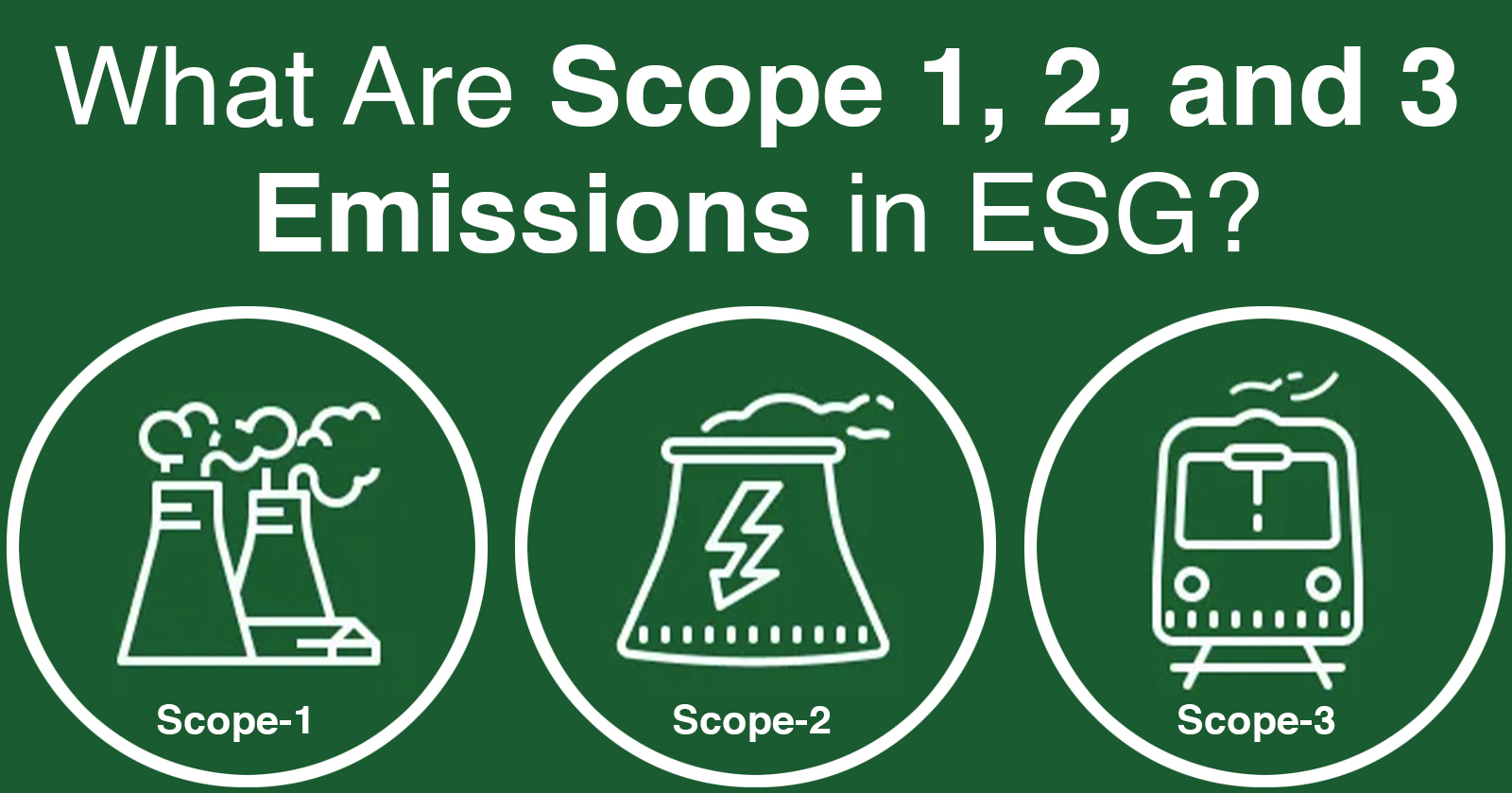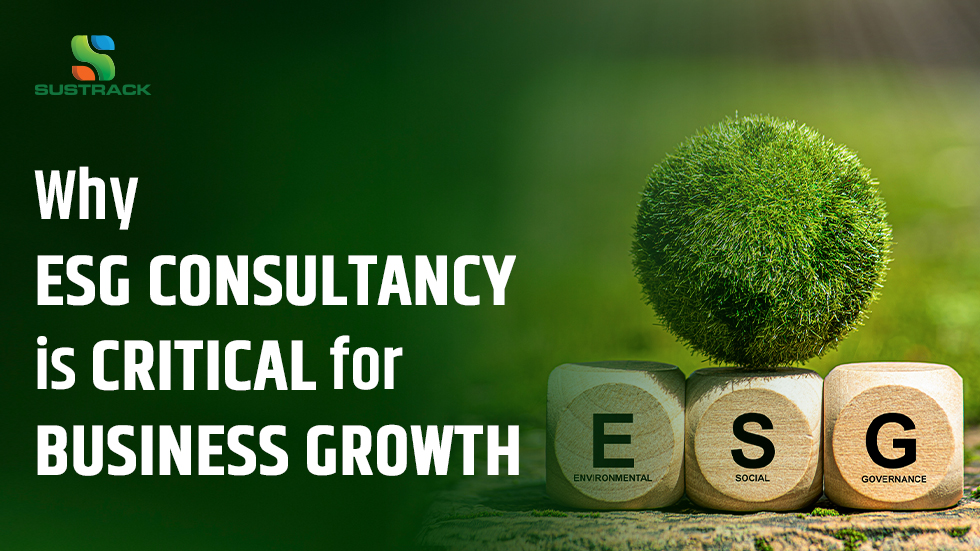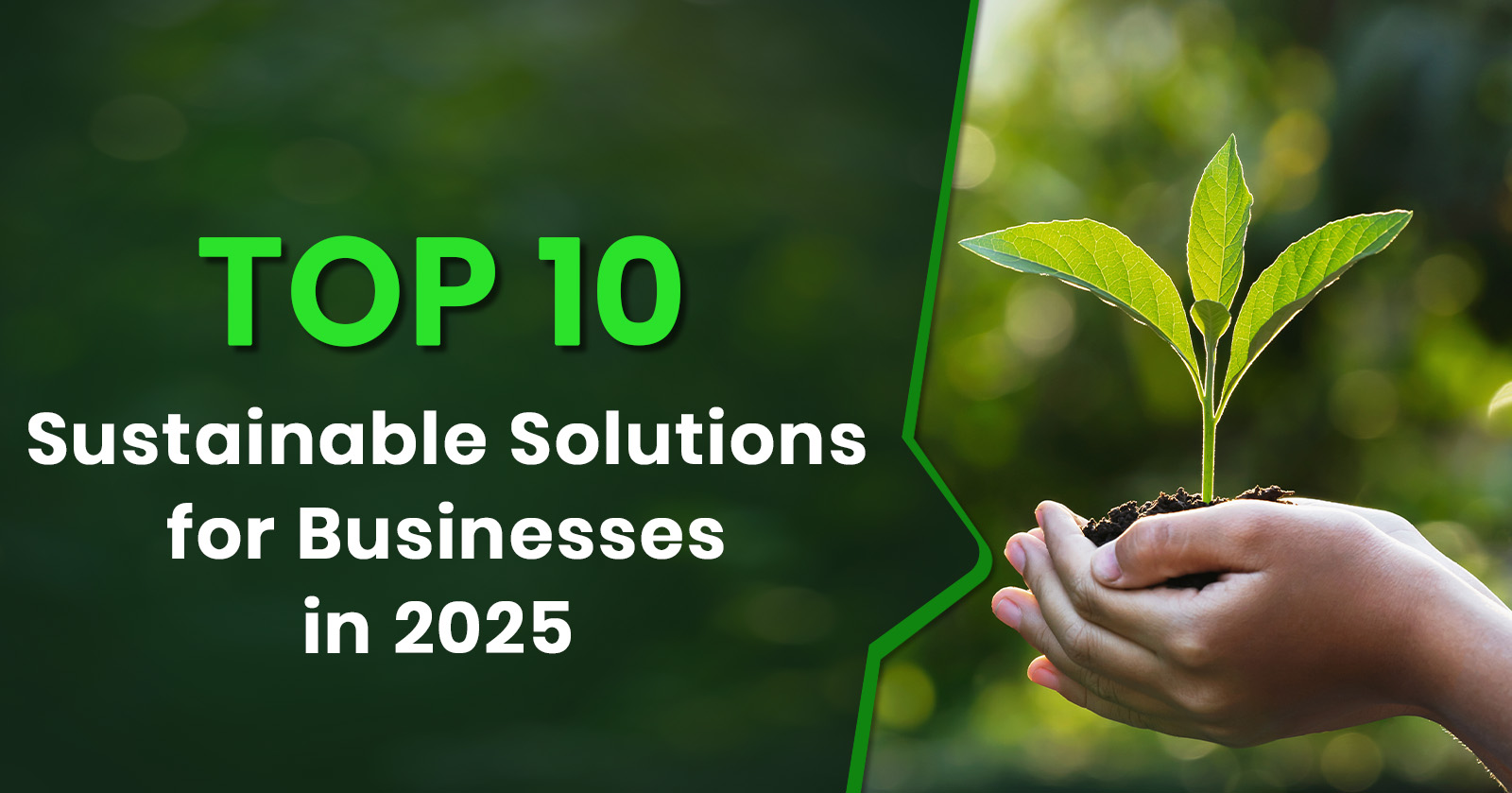What Are Scope 1, 2, and 3 Emissions in ESG?

When it comes to sustainability and corporate responsibility, understanding Scope 1, 2, and 3 Emissions is important. These categories explain the ESG emissions in detail, helping organisations in identifying, measuring, and reducing their carbon footprint across operations and the entire value chain.
In this blog, we will talk about Scope 1, 2, and 3 emissions, explore real-world examples, and explain why Scope 3, the most tricky category, is also the most critical for achieving net-zero goals.
Understanding ESG Emissions Explained
Before diving into the details, let’s understand why ESG emissions matter in all organisations. ESG (Environmental, Social, and Governance) frameworks require companies to disclose their greenhouse gas (GHG) data transparently. These disclosures are organised into three GHG scopes, Scope 1, Scope 2, and Scope 3, each representing a different source of emissions.
Together, these Scope 1, 2, and 3 emissions capture the complete carbon footprint categories of an organisation, from direct energy use to supply chain emissions that occur beyond their own facilities.
What are Scope 1, 2, and 3 Emissions?
Scope 1 – Direct Emissions
Scope 1 emissions are direct greenhouse gas releases from sources that a company owns or controls directly. This includes fuel combustion from company vehicles, boilers, furnaces, and on-site manufacturing.
Example: A manufacturing unit is burning natural gas to power its plant.
Category Type: Direct emissions (owned or controlled sources).
These are the easiest to measure within the GHG scopes, as they occur within company boundaries. Managing them is the first step toward understanding your overall ESG emissions explained journey.
Scope 2 Emissions – Indirect Energy Emissions
Scope 2 emissions are indirect emissions from the generation of purchased electricity, heat, or steam consumed by a company. Though the energy is produced elsewhere, the emissions are counted for the organisation that uses the energy.
Example: A corporate office purchasing electricity from a coal-based power grid.
Category Type: Indirect emissions from energy consumption.
Reducing Scope 2 emissions under Scope 1 and 2 often involves switching to renewable energy, improving energy efficiency, or adopting green procurement practices. These actions significantly reduce carbon footprint categories across operations.
Scope 3 – Supply Chain & Value Chain Emissions
This means everything from the production of raw materials to product transportation, employee commuting, and even the disposal of products after use.
Example: Emissions from suppliers manufacturing components or logistics partners shipping goods.
Category Type: Supply chain and value chain emissions.
This category highlights the importance of supply chain emissions as part of the GHG scopes, offering the most comprehensive picture of a company’s climate impact.
Why is Scope 3 the Hardest but Most Important?
Among all Scope 1, 2, and 3 emissions, Scope 3 is the hardest to measure and manage. Why? Because it involves multiple external stakeholders, suppliers, distributors, and customers, often across global networks.
However, it’s also the most important in ESG emissions explained since Scope 3 typically accounts for 70–90% of a company’s total carbon footprint categories. Addressing supply chain emissions here can lead to meaningful climate action and innovation in procurement, logistics, and product design.
Many organisations now work with ESG consultants and data platforms to map and track these GHG scopes, ensuring transparency and progress toward net zero.
How Companies Measure and Report Scope 1, 2, and 3 Emissions?
Companies rely on international standards like the Greenhouse Gas (GHG) Protocol to measure and report their Scope 1, 2, and 3 emissions. These standards divide emissions into carbon footprint categories and provide guidance for data collection, verification, and disclosure.
Common Practices Include:
- Energy audits and fuel consumption tracking for Scope 1.
- Electricity usage analysis and renewable sourcing for Scope 2.
- Supplier engagement, lifecycle assessment, and logistics data for Scope 3.
Regular reporting of GHG scopes under ESG frameworks (like GRI, CDP, or TCFD) ensures organisations maintain accountability and stakeholder trust. Transparent tracking of supply chain emissions also helps companies identify hotspots for carbon reduction and efficiency gains.
The Bigger Picture: Reducing ESG Emissions
Reducing overall ESG emissions requires coordinated action across all Scope 1, 2, and 3 emissions. Companies can:
- Transition to renewable energy for Scope 2.
- Optimise fleet and manufacturing for Scope 1.
- Collaborate with suppliers to cut Scope 3 or supply chain emissions.
These steps not only reduce the company’s carbon footprint categories but also enhance sustainability performance and investor confidence.
Final Thoughts
Understanding and managing Scope 1, 2, and 3 emissions is no longer optional; it’s central to every ESG strategy. When businesses take a comprehensive view of GHG scopes and tackle supply chain emissions, they move closer to authentic sustainability leadership.
By measuring, reporting, and acting on the definitions of Scope 1, 2, and 3 emissions, companies can effectively reduce their carbon footprint and contribute meaningfully to global climate goals.



